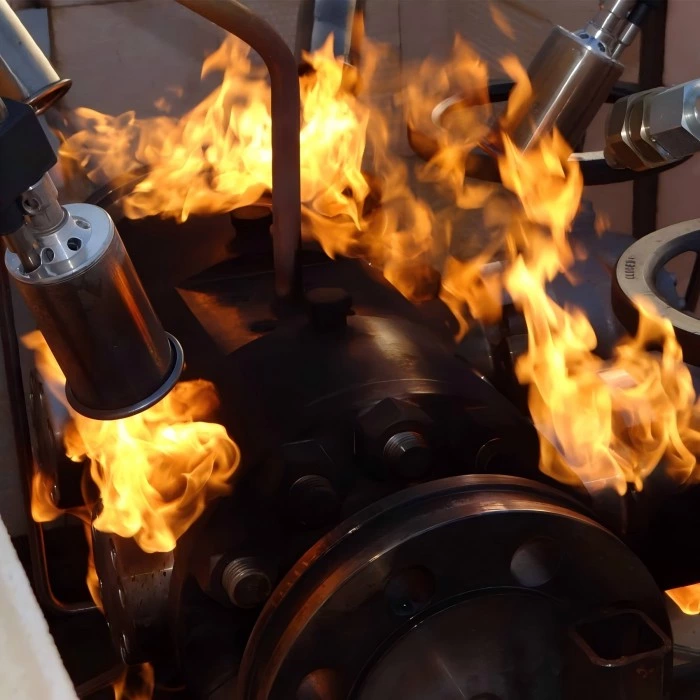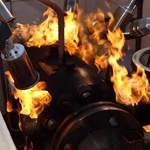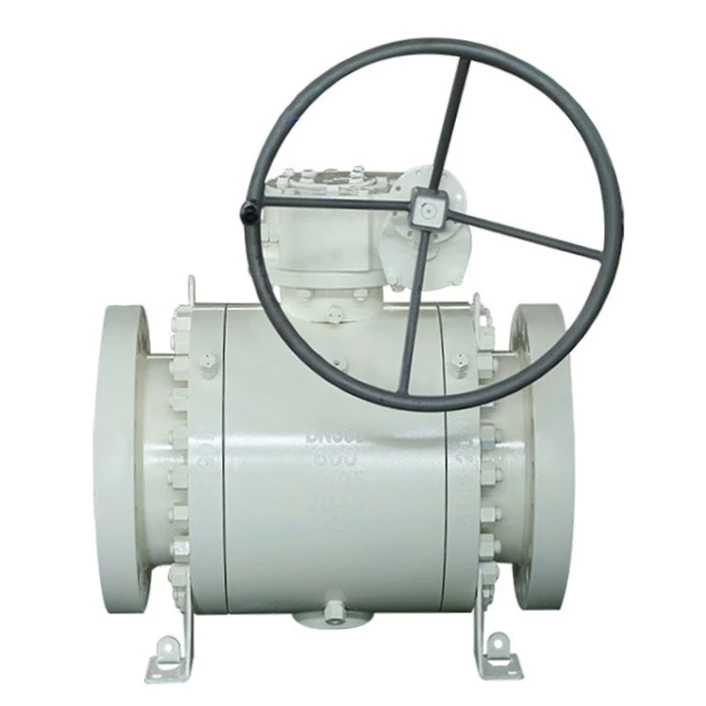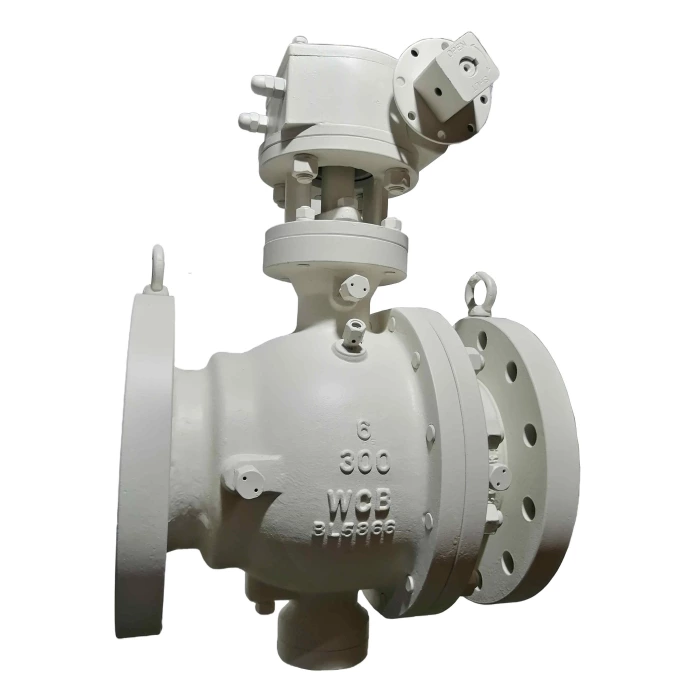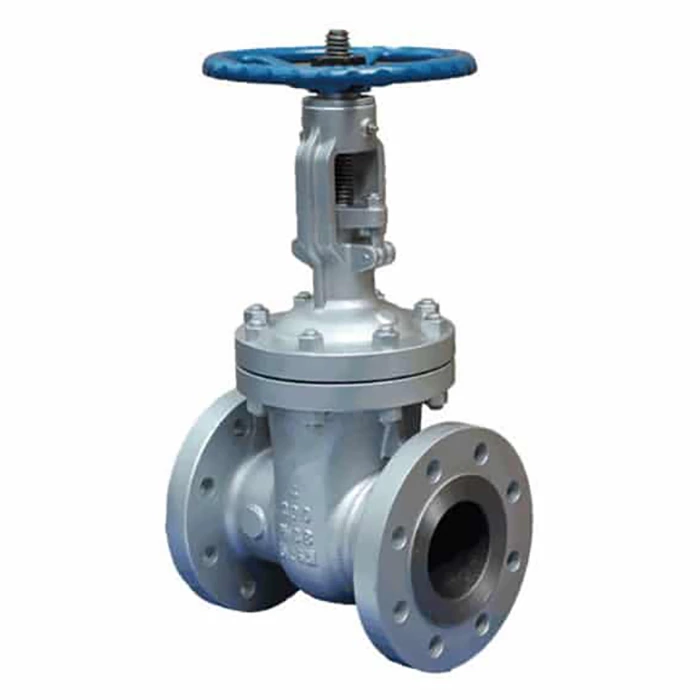API 6FA Ball Valve
API 6FA ball valve are designed and tested to meet the fire safety requirements outlined in the API 6FA standard, serving the oil, gas, and petrochemical industries.
- Valve Type
- Ball Valve
- Standard
- API 6FA
- Design Feature
- Fire Safe
- Certificate
- API 6FA
1. Compliance and Standards
- API 6FA: Compliant with fire-test requirements, including a 30-minute burn test and post-fire leakage criteria.
- API 6D: Design and manufacturing adhere to API 6D (Pipeline Valves) for quality, materials, and testing.
- ASME B16.34: Pressure-temperature ratings and materials conform to ASME standards.
- ISO 10497: May also comply with international fire-testing standards.
2. Design Features
- Fire-Safe Design:
- Seals: Graphite or fire-resistant elastomers for stem and seat seals to prevent leakage during/after fire exposure.
- Metal-to-Metal Seats: Secondary metal seating surfaces ensure sealing if soft seals degrade in fire.
- Emergency Sealant Injection: Optional feature to inject sealant into the cavity during emergencies.
- Anti-Static Device: Ensures electrical continuity between the ball and body to prevent static discharge.
- Blowout-Proof Stem: Stem retention design prevents stem ejection under pressure.
- Full/Reduced Bore: Available in full-bore (for minimal pressure drop) or reduced-bore configurations.
- Floating or Trunnion-Mounted Ball:
- Floating Ball: Suitable for low-to-medium pressure.
- Trunnion-Mounted Ball: Ideal for high-pressure/high-temperature (HPHT) applications.
3. Material Specifications
- Body Materials:
- Carbon steel (e.g., ASTM A216 WCB).
- Stainless steel (e.g., ASTM A351 CF8M, CF3M).
- Alloy steels (e.g., ASTM A352 LCC, LC3).
- Ball and Stem:
- Stainless steel (316/316L) with hard coatings (e.g., stellite, tungsten carbide) for wear resistance.
- Seats:
- PTFE, RPTFE, or PEEK for standard service.
- Metal seats (e.g., Inconel, stellite) for fire-safe or high-temperature applications.
- Bolting: ASTM A193 B7/B8 for high-strength, fire-resistant performance.
4. Pressure and Temperature Ratings
- Pressure Class: ANSI 150 to 2500 (or higher for custom designs).
- Temperature Range:
- Standard: -29°C to 200°C (-20°F to 392°F).
- Extended range (with special materials): -196°C to 600°C (-321°F to 1112°F).
5. Fire Safe Test Requirements
- Fire Exposure: 30-minute burn at 750–1000°C (1382–1832°F).
- Leakage Criteria:
- Post-Fire Seat Leakage: ≤ 600 cm³/min per inch of nominal diameter (API 6FA).
- Shell Leakage: None allowed during/after testing.
6. End Connections
- Flanged Ends: ASME B16.5 or B16.47 flanges.
- Butt-Weld Ends: ASME B16.25 for seamless pipeline integration.
- Socket Weld/Threaded Ends: Optional for smaller sizes.
7. Testing and Certification
- Factory Acceptance Testing (FAT):
- Hydrostatic shell test (1.5x rated pressure).
- Seat leakage test (per API 598/API 6D).
- Fire test certification (per API 6FA).
- Third-Party Inspection: Available via DNV, ABS, or Lloyds Register.
8. Optional Features
- Locking Device: Secures the valve in open/closed positions.
- Cavity Relief: Prevents overpressure in the valve body cavity.
- Extended Bonnet: For cryogenic or high-temperature insulation.
- Actuation: Pneumatic, hydraulic, or electric actuators for remote operation.
Leave Us Your Info
Could you please kindly fulfill the following information when enquiring:
Valve type (ball, gate, globe, check etc.), valve size, pressure class, valve material, and end connection (flanged, butt welding etc.)
